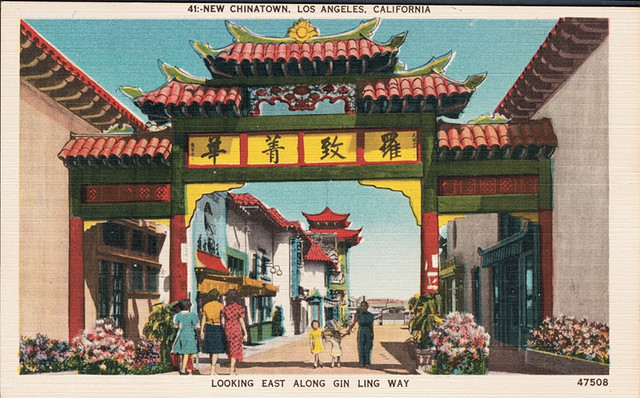In her article “Race, Gender, and Intercultural Relations: The Case of Interracial Marriage,” Peggy Pascoe comments on factors influencing whether native, Asian, and white Hawaiians decided to intermarry:
“[I]ndividual men and women’s decisions to cross racial boundary lines were often rooted in conceptions of gender relations. Consider, for example, the Hawaiian woman who told Romanzo Adams why so many Hawaiian women married non-Hawaiian men. “The Hawaiian men,” she said, “are not steady workers and good providers. The Chinese men are good to provide, but they are stingy. The white men are good providers and they give their wives more money.” (1) Her comment, of course, expresses race and class hierarchies, but both of these hierarchies are rooted in comparative definitions of manhood: note that she emphasized above all the desire to marry men who fit the role of the “good provider.” In choosing men they hoped would fit this role over men who may not even have aspired to do so, Hawaiian women shaped gender relations by propting a particular definition of manhood. Much the same might be said of the post-World War II white soldiers who married Japanese women because, they said, Japanese women were more “feminine” than white women. (2) (3)
This passage illustrates some of the challenges, also defined by Pascoe, faced by women’s historians writing multicultural history:
- the challenge of exploring the interconnections between gender and race relations,
- the challenge of learning to see race, as well as gender, as a social construction, and
- the challenge of choosing a definition of culture suitable for writing intercultural history. (4)
Questions
1. Look back at the interracial marriages in On Gold Mountain, as well as parental and family reactions to them. What assumptions were the parties involved—the couples and their parents in particular—making about race and gender? Be specific.
2. How did individual See family members’ attitudes about intermarrying change over time? Why do you think they shifted as they did across the generations? Did anyone’s attitudes surprise you?
3. In your opinion, does Lisa See, as an author, meet the three challenges defined by Pascoe? Does she succeed in one or more, but fail in another? Explain.
(1) Romanzo Adams, Interracial Marriage in Hawaii: A Study of the Mutually Conditioned Processes of Acculturation and Amalgamation (New York: Macmillan, 1937), 48.
(2) See Spickard, Mixed Blood, chap. 5, pp. 123-157.
(3) Peggy Pascoe, “Race, Gender, and Intercultural Relations: The Case of Interracial Marriage,” Frontiers: A Journal of Women’s Studies 12.1 (1991): 8-9.
(4) Pascoe, 6.
